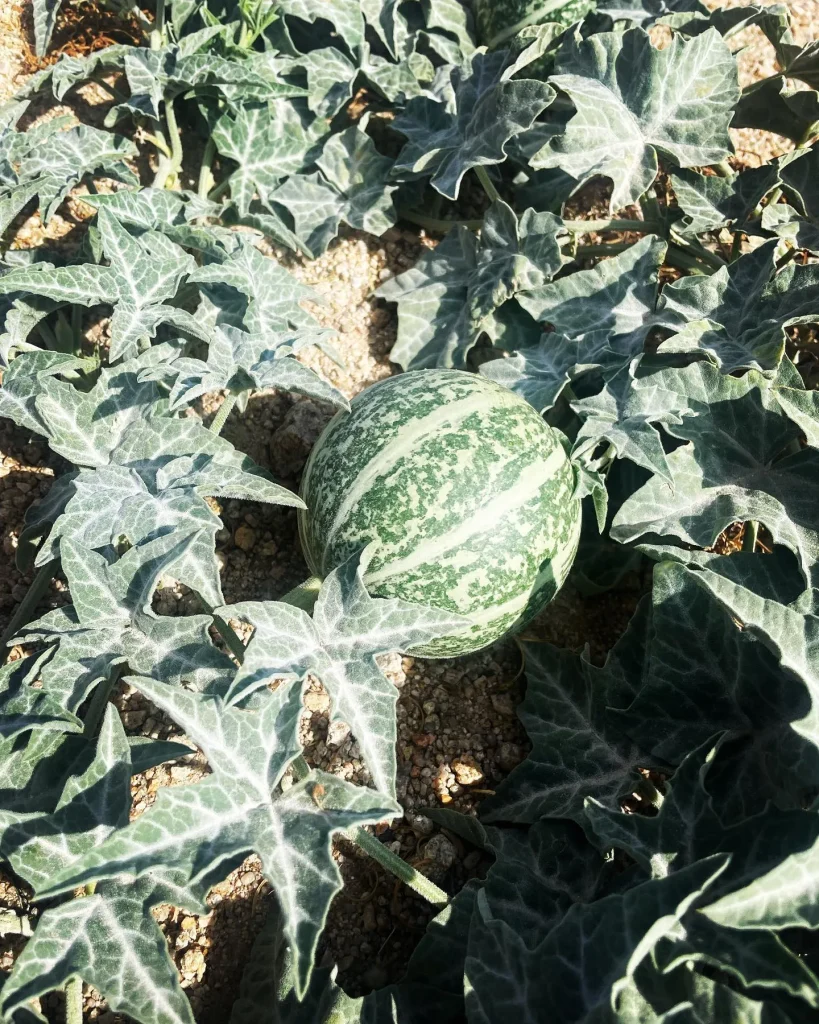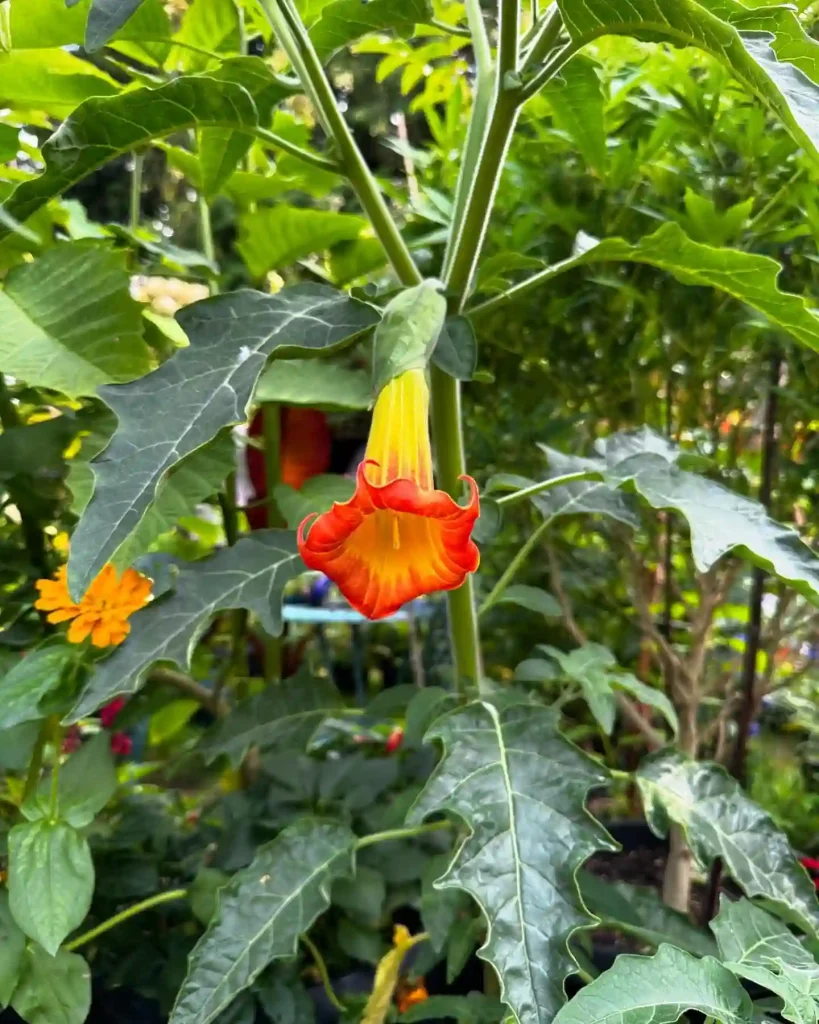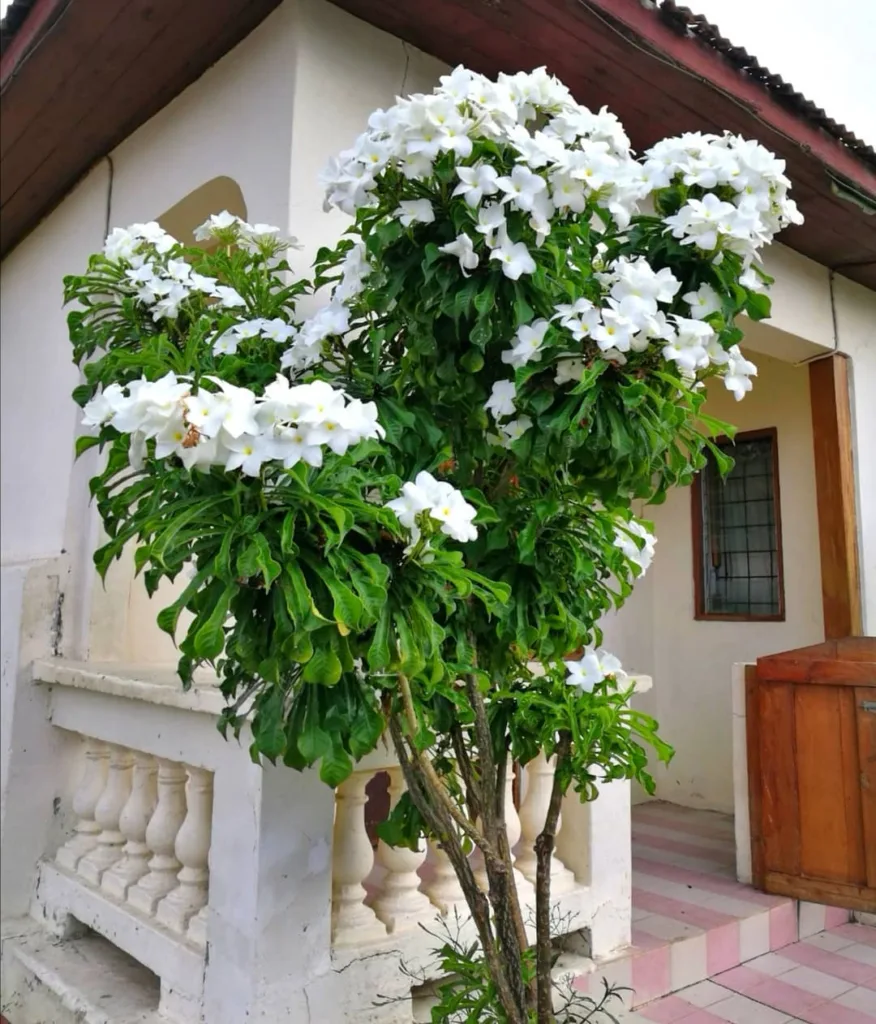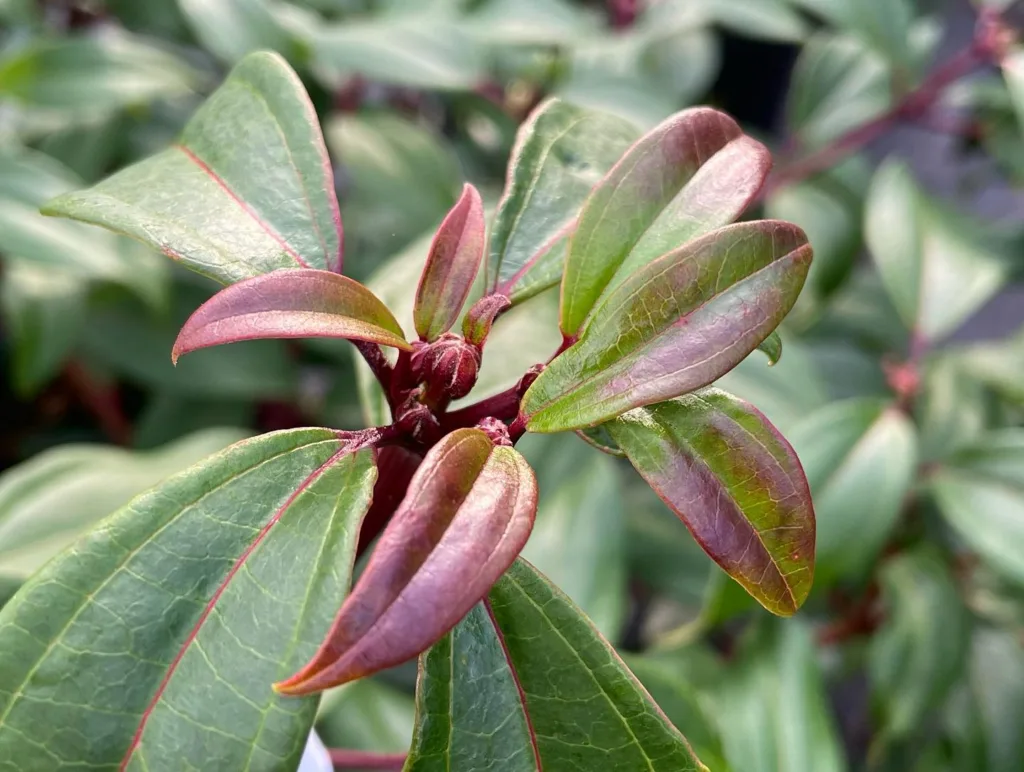FAQs About Plectranthus Velvet Elvis
Plectranthus Velvet Elvis is one of those plants that instantly grabs attention with its lush foliage and vibrant colors. I’ve spent a good amount of time growing and caring for this plant, so I’m excited to share my experiences and answer some frequently asked questions about it.
83 Species in Genus Plectranthus
What Is Plectranthus Velvet Elvis?
Plectranthus Velvet Elvis is a unique and eye-catching plant known for its velvety purple leaves and soft texture. This plant is part of the Plectranthus genus, which includes a variety of species often grown for their ornamental foliage and easy care. Velvet Elvis is particularly loved for its deep purple undersides and the way it contrasts beautifully with the green tops of the leaves. It’s a striking addition to any garden or indoor space.
How to Care for Plectranthus Velvet Elvis?
Caring for Plectranthus Velvet Elvis is quite straightforward, which makes it a great choice for both beginners and experienced gardeners. Here’s how I’ve kept mine thriving:
Light: Velvet Elvis prefers bright, indirect light. Too much direct sunlight can scorch the leaves, but too little light will cause the plant to become leggy and lose its vibrant color. I find that placing it near a north or east-facing window works well.
Watering: This plant likes to be kept slightly moist but not soggy. Overwatering can lead to root rot, which is a common problem with many houseplants. I usually water when the top inch of the soil feels dry to the touch.
Soil: A well-draining potting mix is essential. I like to use a mix designed for tropical plants, which usually has a good balance of moisture retention and drainage.
Temperature and Humidity: Plectranthus Velvet Elvis prefers temperatures between 60-75°F. It also enjoys higher humidity levels, but it’s not too fussy. I’ve had success just by misting the leaves occasionally or placing the plant on a pebble tray.
Fertilizing: During the growing season (spring and summer), I feed it with a balanced, water-soluble fertilizer every four weeks. In the fall and winter, I cut back on feeding since the plant’s growth slows down.
How to Propagate Plectranthus Velvet Elvis?
Propagating Plectranthus Velvet Elvis is simple, and it’s a fun way to expand your collection or share with friends. I typically propagate through stem cuttings:
- Take a Cutting: I cut a healthy stem about 4-6 inches long, just below a node.
- Remove Lower Leaves: I remove the leaves from the bottom half of the cutting.
- Rooting Medium: I usually root the cutting in water or a mix of peat and perlite. If I use water, I change it every few days to keep it fresh.
- Wait for Roots: After a few weeks, roots should start to form. Once they’re a couple of inches long, I transplant the cutting into a pot with fresh soil.
What to Plant with Plectranthus Velvet Elvis?
Plectranthus Velvet Elvis pairs well with other shade-loving plants. I’ve planted mine alongside ferns, hostas, and begonias. The purple foliage creates a beautiful contrast with the green and variegated leaves of these plants. It also works well in mixed containers where you want to add some texture and color.
Is Plectranthus Velvet Elvis Toxic?
One important thing to note is that Plectranthus Velvet Elvis can be toxic to pets if ingested. If you have cats or dogs that like to chew on plants, it’s best to keep this one out of their reach. The plant contains compounds that can cause digestive upset and other symptoms, so it’s better to be cautious.
Common Problems with Plectranthus Velvet Elvis
While Plectranthus Velvet Elvis is relatively easy to care for, it can encounter a few problems:
Leggy Growth: If the plant isn’t getting enough light, it can become leggy with sparse leaves. I’ve found that moving it to a brighter location usually solves this issue.
Root Rot: Overwatering is the biggest enemy of this plant. If you notice yellowing leaves or a mushy stem, it might be due to root rot. I always make sure to let the soil dry out between waterings to avoid this problem.
Pest Issues: Occasionally, Velvet Elvis can attract pests like aphids or spider mites. I regularly check the leaves for any signs of pests and treat them with insecticidal soap if necessary.
Comparing Plectranthus Velvet Elvis with Other Similar Plants
Plectranthus Velvet Elvis is sometimes confused with other Plectranthus species or even with Coleus due to its vibrant foliage. However, Velvet Elvis stands out with its distinctive velvety texture and the striking purple color on the undersides of the leaves. Coleus, while also colorful, usually has a more varied color palette and different leaf shapes. In contrast, other Plectranthus species might have more muted colors or different growth habits.
Conclusion
Plectranthus Velvet Elvis is a fantastic plant that offers a lot of beauty with minimal effort. Whether you’re a seasoned gardener or just starting, this plant is a great choice for adding some vibrant color to your space. Just remember to give it the right amount of light, water it properly, and keep an eye out for any potential issues. With a little care, Plectranthus Velvet Elvis will thrive and become a stunning centerpiece in your collection.
If i die, water my plants!



